When you walk through the front door of your home after a long day at work, you should not fear that someone could break into your house. Yet, it does happen, and it could happen to you. In the event that someone does attempt to invade your safe haven, there are things you can do to plan ahead and safely protect your loved ones.
Plan Ahead of Time, If Possible
There are many factors to examine when making sure that your home is safe. Hindsight is always 20/20, it would be wise to learn from others’ mistakes and plan for the potential danger. Have you discussed as a family about what to do if someone hears a noise? Or see someone in or around your house or yard? Is there a safe place for your family to hide? How quickly and quietly can you get to that safe place? Few families plan these scenarios ahead of time, but they are simple decisions that could mean the difference between life and death.
Time to React
If there is an intruder or an unplanned and unwelcome visitor, it’s crucial to make the right choices at the right time. Try to anticipate what you’ll do. Time slows down and the stress can paralyze you. When your fight, flight, or freeze self-preservation kicks in, your instincts need something to rely on.
Step 1:
Do your best to stay calm. It is painfully easy to panic, especially being unprepared. Take a few seconds to collect your thoughts, take some deep and calming breaths, and then put your planning into action. Being too reactionary can be dangerous, so staying quiet and using caution are paramount in these situations. Your firearm should be in an easily accessible place if you have one, so if you feel comfortable and realize that the situation may call for it, grab your weapon or firearm and begin making decisions to get everyone in your home to safety.
Step 2:
Get your family in a safe place. If you are alone, grab your phone and find a small space that’s hidden and not directly visible. If you are with your family, get the kids and other adults together as quickly as possible, preferably in a place where you can all hide together. We advise to stay with your kids in that space if possible, however, adults can hide individually in spaces that are fit for one person.
In the best case scenario, you can be hidden behind a closed door or under something, and all of you will be together. When the police arrive they will not mistake one of you as the intruder if you are all together. It also allows for greater safety away from the intruder. Bedroom closets work, as well as bathrooms. They are behind a door and are spaces that the intruder may not be interested in.
Step 3:
Analyze an alternate escape route. If you hear the intruder coming in or breaking into another part of your home, you might have some time to escape. This can be difficult if you have small children. However, no know knows your children better than you, so only you can decide if it is safe for them to attempt escape. If you feel they are not ready, then it is best to teach them to find a well-concealed hiding place.
There’s no material possession in the house that is worth your life, so you should get out if at all possible. If you are hiding on the first floor, open a window and make a silent exit. From a higher floor level, it would be ideal to have a ladder or tree to climb. If you have any inkling that there might be more than one intruder, do not risk leaving the house. You never know if they have a partner in crime waiting outside.
Step 4:
Call the police. Once you have calmed down the best you can, moved everyone to the safest location, regardless if it is outside or inside, call the police. You should do so quietly and quickly so that you do not alert the intruders to your hiding place. It’s a good idea to practice this with your kids, memorizing your home address and how to relay the important information. You dispatcher will need your address, the names of your family, and any other pertinent phone numbers.
Share all key information quickly. How many people are with you in hiding? Is there anyone unaccounted for? How old are they? How many people do you hear in the house? Are there any lights on or anything outside that will help the police target the right house and make the best move as quickly as possible? It’s important to let the police know if you are armed while you are hiding and where you are hiding. They will want to know what to expect and will understand that you are armed, on high alert, so they can protect themselves as well when tensions are high.
Step 5:
Confrontation is a last resort. While you might be armed, you endanger everyone if you risk confronting the intruder. Sometimes, there’s no choice, but often times there are other options to think through and act upon first. There are more unknown variables than you will likely realize at the moment. However, some variables are the number of intruders, your own skill and confidence with a weapon, the layout of the house, the heightened stress and acuteness of senses. Moreover, it might be your protective instincts to attack, but resist unless absolutely necessary.
Conclusion
It’s true, these are hard things to think about much less plan for. No one wants to sit their loved ones down and talk about someone intruding in the house, but it’s necessary to prevent the bad from getting worse. Prepare your family, talk through scenarios, let your adult and responsible children know where escape routes are and perhaps where the firearm is for safety. Practice is essential, especially for the younger family members. Rehearse these situations, with the firearms you own for personal protection, and with all family members present. If you feel that your family will benefit from it, take a scenario-based training course. This will help you see more variables, get your family more focused, and help you find the confidence to properly protect your family. Make sure to practice with your young children, how to call 9-11, and give crucial details. When you walk into your home every evening, you do not want to be unprepared. Tragic events happen every day–do not think that you are above being targeted.




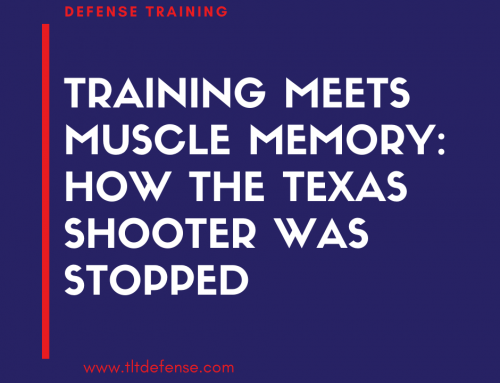
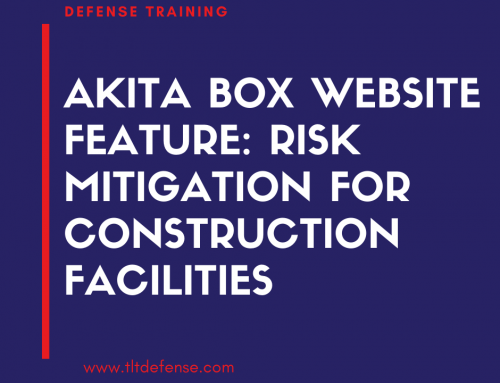
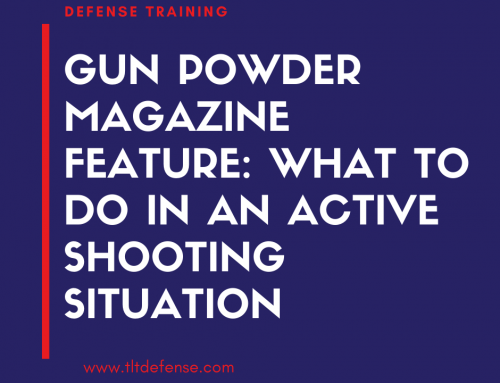
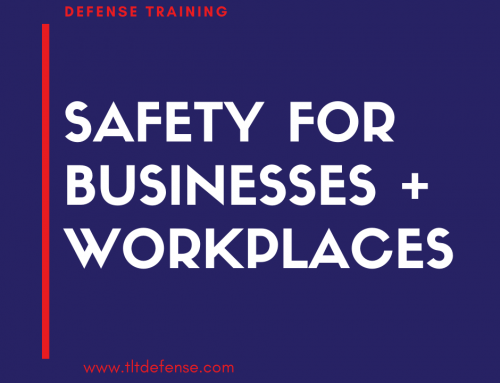
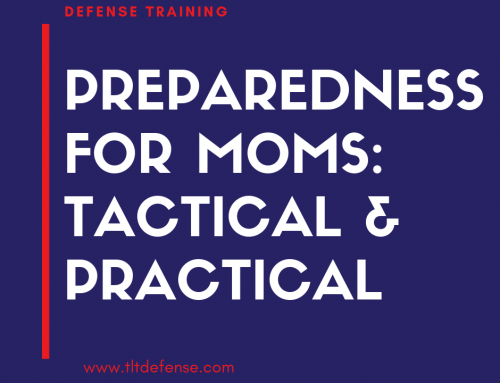
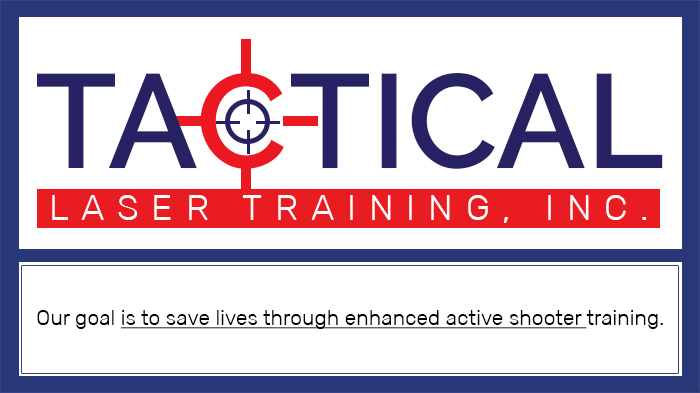
Social Contact